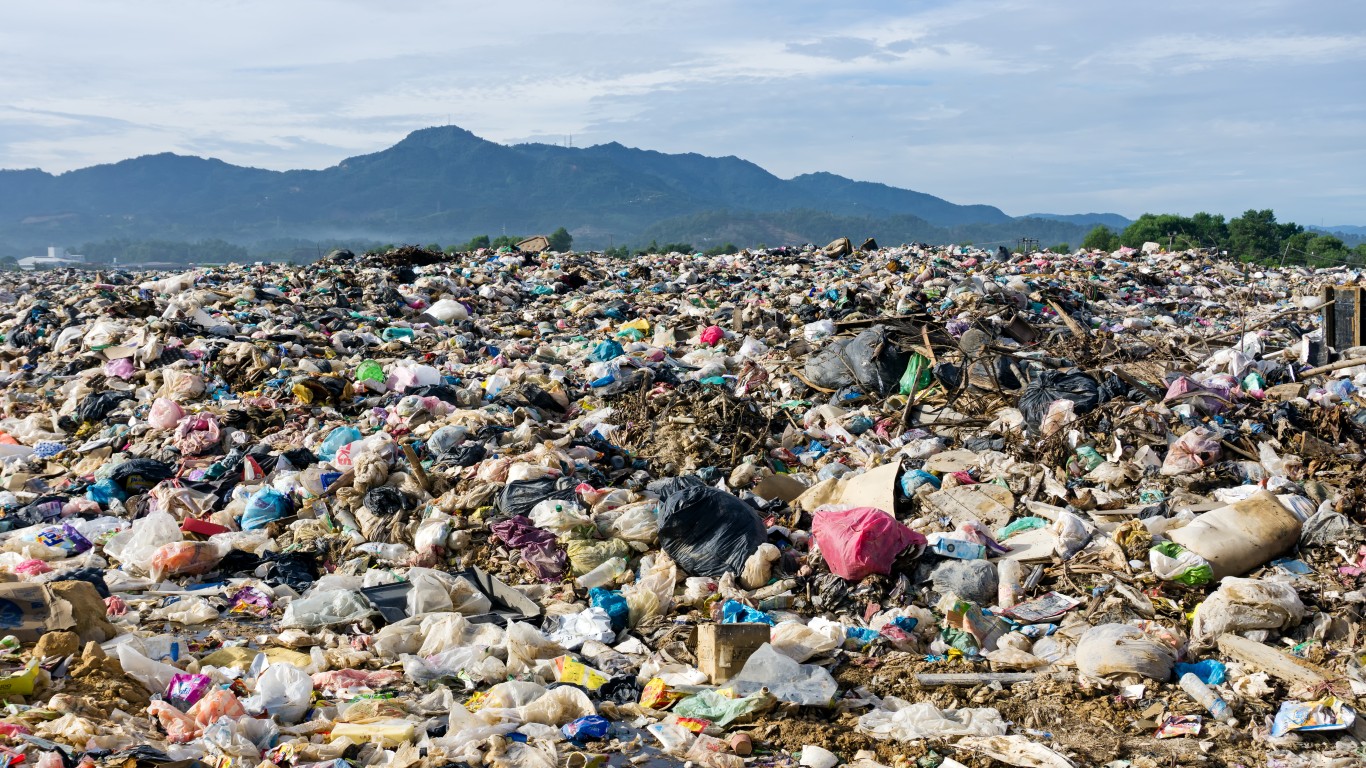
How long can humanity continue to produce single-use garbage and dump it into holes pretending like it’s not a problem? This is definitely not a cycle that can continue forever, but because it is not an immediate issue, we are able to justify ignoring it for now. However, the better educated we are about the impact of our lifestyle and the lifecycle of our garbage, the more informed decisions we can make that will preserve our world for generations to come. That being said, here are the ten largest landfills in America.
Why Are We Talking About This?
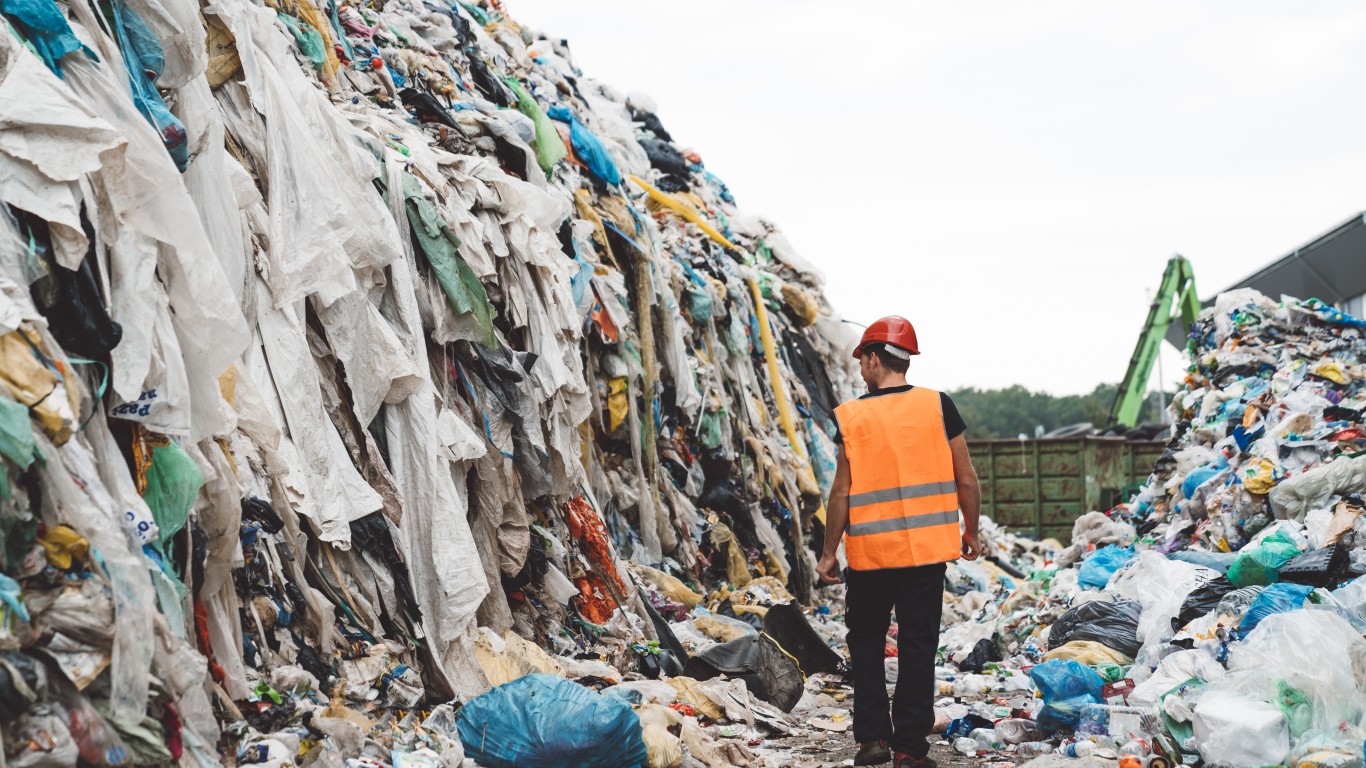
How often do you think about the impact of your lifestyle? Do you consider what happens to the garbage after you take your trash can out to the curb? Do you recycle or opt for more Earth-friendly packaging? Do you strive to reduce your waste wherever possible? Whatever you’re doing, the garbage you produce makes its way to a landfill, so it is your responsibility to understand what those places are.
Background on United States Landfills

In 2018 alone, the United States produced over 292 million tons of garbage, and 150 million tons of that garbage goes directly into landfills. As the population grows and people buy more things, our garbage production will only continue to increase.
The Environmental Protection Agency heavily regulates the construction and operation of landfills within the country, this keeps our landfills much cleaner and more environmentally friendly than similar places in other countries, but they still lag behind the efficiency and eco-friendliness of landfills in Europe and other developed countries.
Garbage is usually weighed as it enters a landfill on trucks, and the trucks are then weighed again as they leave, so we know the exact weight of the garbage that enters a facility, even if it might take up more or less space. Once a landfill has reached capacity, it is usually converted into land for other uses like a park or gas reclamation.
For this list, we will only look at the ten largest landfills by the amount of garbage within them. There are larger landfills with more capacity planned, but they are not full and have not yet passed the amounts of garbage that the landfills on this list contain. Some of the largest landfills on this list are closed already, but the garbage is still there, and for safety and environmental reasons, they are still called landfills.
As time passes, these landfills will be surpassed by bigger and larger landfills, some of which are already opened and have a much higher capacity for garbage than previous landfills.
#10 Arbor Hills Landfill Inc.

- Location: Michigan
- Garbage: 70.11 million tons
The Arbor Hills Landfill is owned by Green for Life Environmental which also operates a gas-to-energy plant nearby. These plants are valuable in that they recapture much of the greenhouse gasses produced by landfills and convert them into energy.
Methane gas produced by landfills is actually the third-biggest human-related carbon emissions, with the equivalent of 24 million gasoline vehicles every year. This is why operating gas-to-energy plants at landfills is essential for protecting the planet.
#9 Sunshine Canyon Landfill
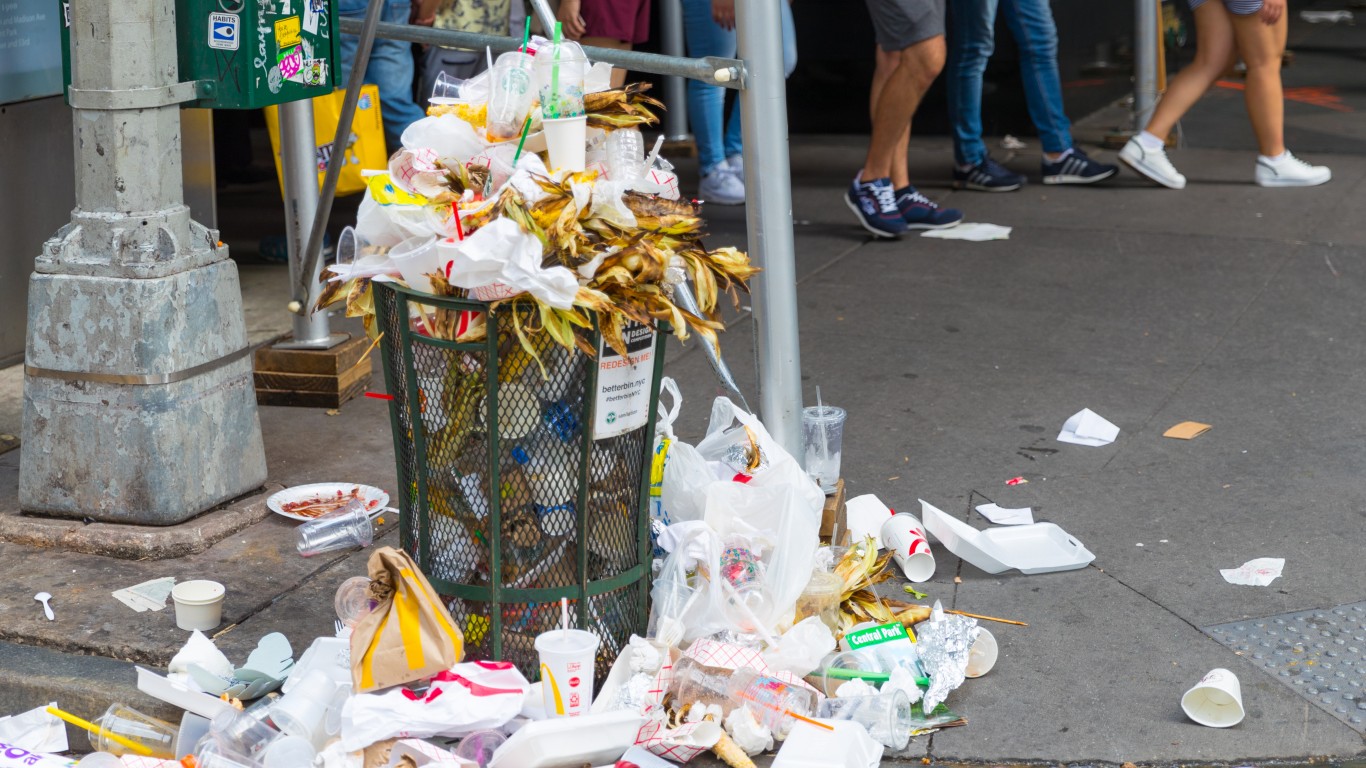
- Location: California
- Garbage: 70.53 million tons
Sunshine Canyon covers around 1,036 acres just outside of Los Angeles. It was founded way back in 1958 and only processes approximately one-third of all the waste produced by the Los Angeles metro area. A biogas power station was commissioned in 2013 to convert the natural gasses into energy for the city.
#8 DFW Recycling & Disposal Facility
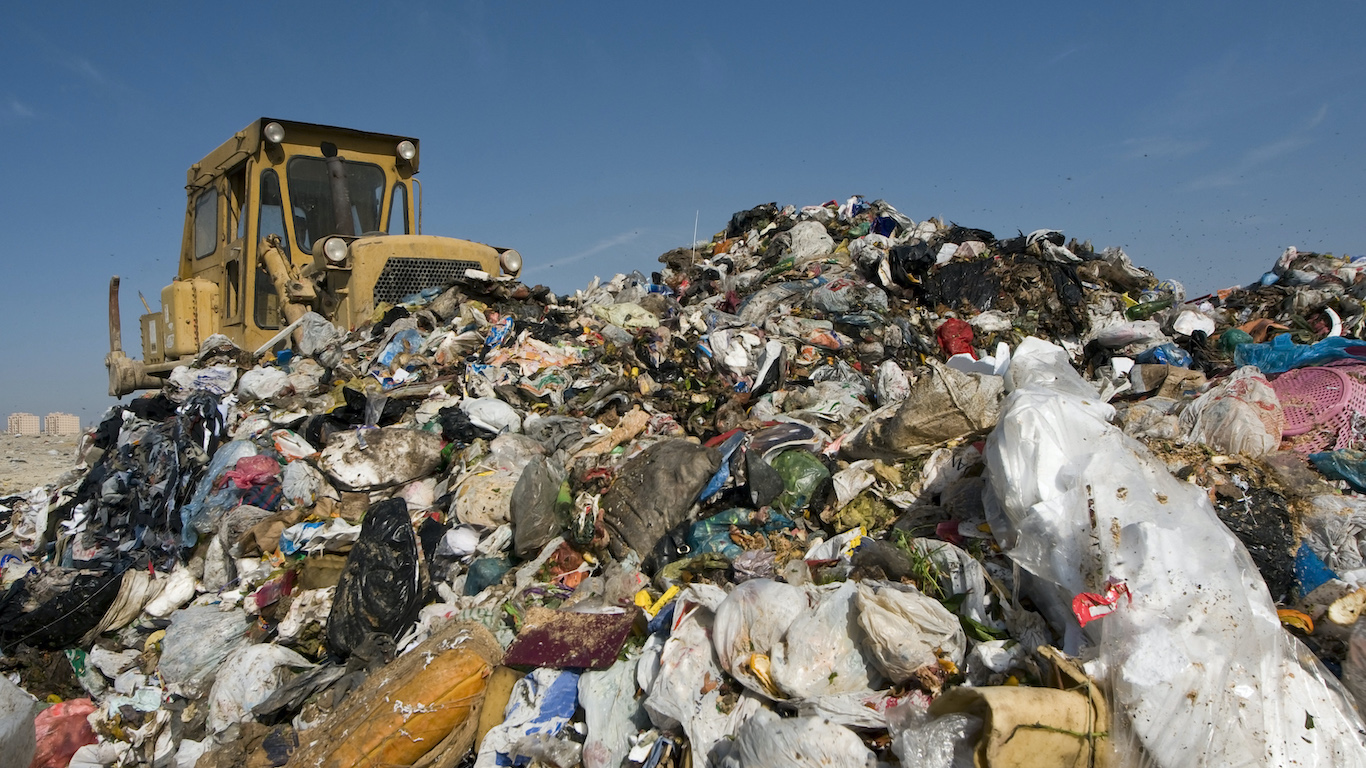
- Location: Texas
- Garbage: 72.34 million tons
While this facility does manage a massive amount of recycling in the area, it also collects much of the non-recyclable garbage for many miles. Like many other facilities on this list, the DFW Recycling & Disposal Facility has made efforts to move toward more eco-friendly initiatives like recycling.
#7 Monarch Hill Landfill
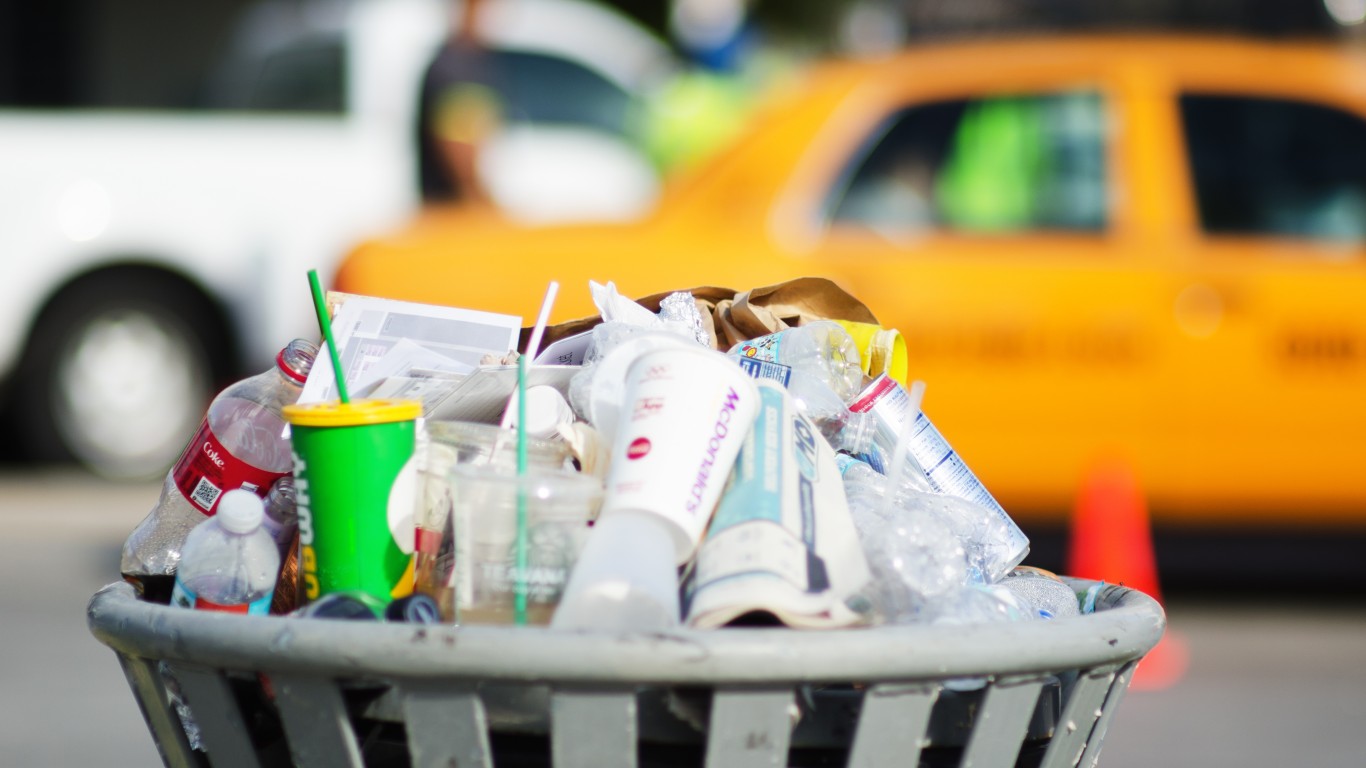
- Location: Florida
- Garbage: 75.54 million tons
The Monarch Hill Landfill is owned and operated by Waste Management (NYSE:WM) and processes over 3,500 tons of garbage every day. This landfill has been important in the region because it takes in a majority of the garbage and waste after major hurricane disasters.
#6 Denver Arapahoe Disposal Site

- Location: Colorado
- Garbage: 75.67 million tons
Like other landfills, the Denver Arapahoe Disposal Site was designed to prevent the spread of toxic waste into the water and surrounding environment. This particular facility uses a clay liner and a layer of sand so all pollution runoff is drained away and remains in the facility instead of seeping into the ground.
The Denver Arapahoe Disposal Site is also the third-largest landfill site in the United States by planned capacity. When it is full, it will hold around 396.05 tons of garbage.
#5 Apex Regional Landfill

- Location: Nevada
- Garbage: 78.11 million tons
The Apex Regional Landfill is the biggest landfill in the world by planned capacity and area. When it is finally full, it will hold approximately 994.92 million tons of garbage, making it the largest landfill in the United States by planned capacity. Currently, Apex processes around 9,000 tons of garbage every day and has been able to process up to 15,000 tons during peak construction years. Even at that pace, Apex is expected to operate for another 250 years.
In 2021, Apex told PBS that it had captured enough greenhouse gasses from its landfill to power almost 11,000 homes.
#4 Olinda Alpha SLF
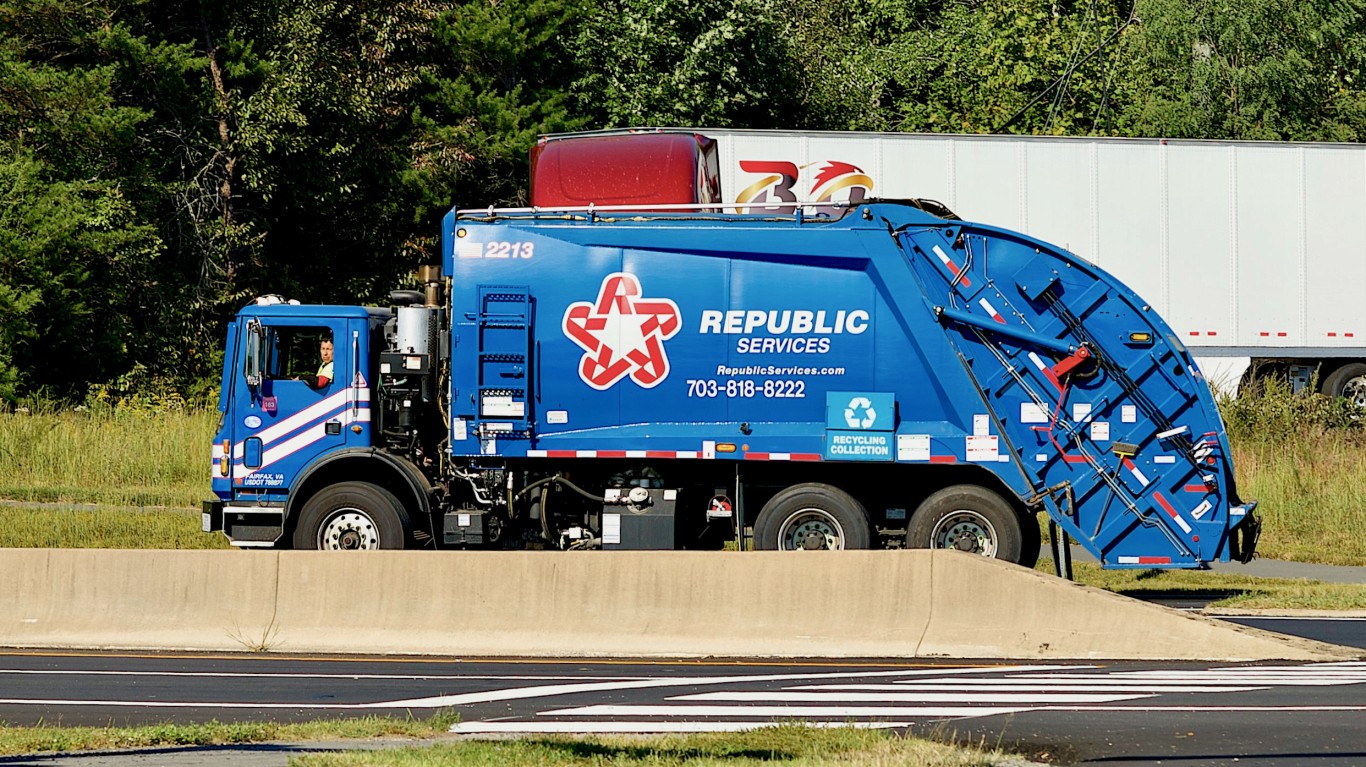
- Location: California
- Garbage: 90.66 million tons
The Olinda Alpha landfill was opened in 1960 and covers around 565 acres and is anticipated to operate until 2030. It processes an average of 7,000 tons of garbage every day. Its gas energy plant provides enough power for 22,000 homes in the area.
#3 McCarty Road Landfill
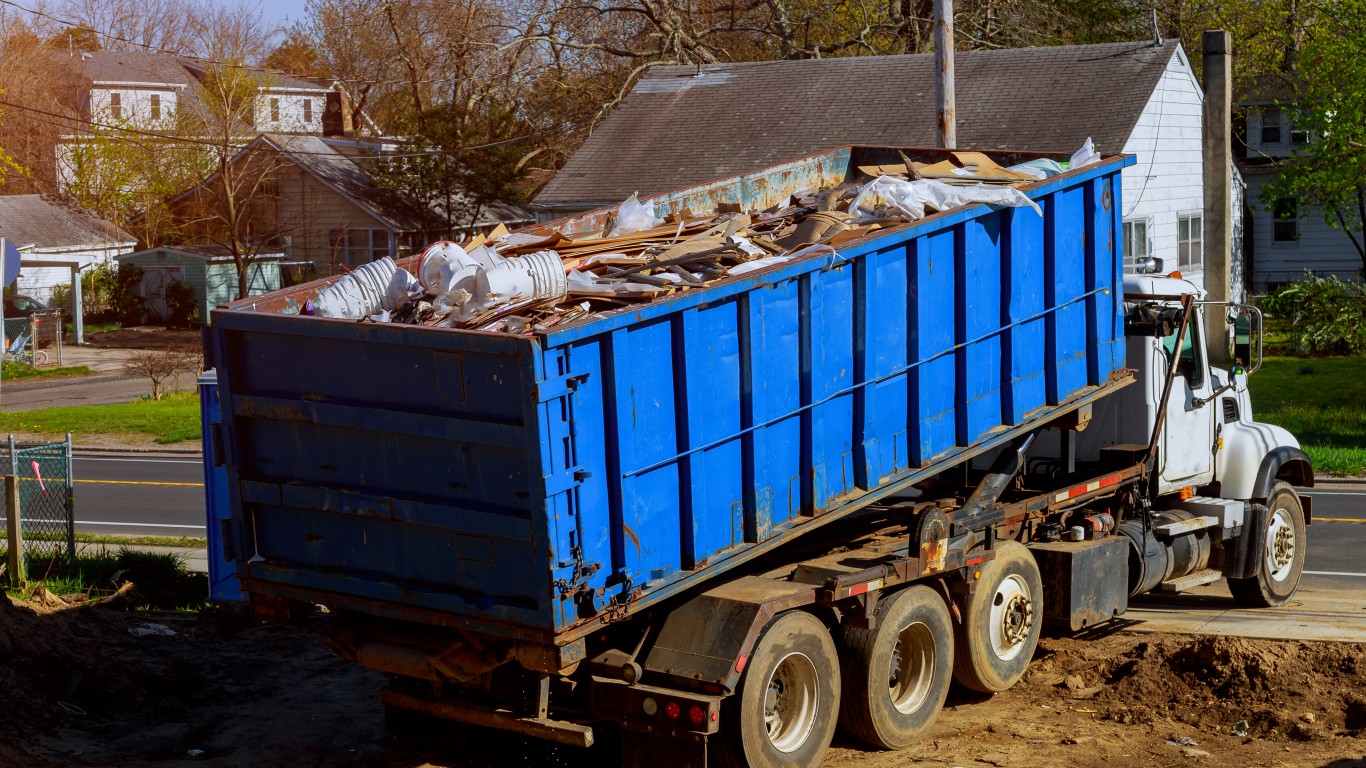
- Location: Texas
- Garbage: 101.1 million tons
The McCarty Road Landfill is owned and operated by Republic Services (NYSE:RSG), the second-largest waste management company in the United States. It provides resources and helpful guides to help reduce our environmental impact. For example, do you know if you should recycle your old pizza boxes? The McCarty Road Landfill website has the answer.
#2 Fresh Kills Landfill

- Location: New York
- Garbage: 135.45 million tons
The Fresh Kills Landfill was opened in 1948 and closed in 2001. Despite being closed for over 20 years, however, it retains one of the largest collections of garbage in the country. Shortly after its opening, it became the largest landfill in the world, receiving 26,000 tons of garbage every day, and kept that title until it closed. It has been called one of the largest man-made structures in the history of the world.
The landfill was opened again after the September 11, 2001, terrorist attacks in order to process the rubble from the event. Many human remains were recovered, but when the rubble was finally buried at the site, it is likely it still has many human remains that were not found.
Today, the Fresh Kills Landfill is being converted into a park for public use.
#1 Puente Hills Landfill

- Location: California
- Garbage: 142.25
The Puente Hills Landfill is known locally as Garbage Mountain, rising 500 feet into the air over 700 acres. It used to serve the garbage needs of the Los Angeles area. The government terminated its permit in 2013, but the recycling plant on the site continues to operate. It was, and remains, the largest landfill in the United States by the amount of garbage in it.
The gas produced by the landfill is collected by the gas-to-energy plant on the site and is able to produce over 40 MW of power.
Today, it is being converted into a natural habitat preservation site.
Take This Retirement Quiz To Get Matched With An Advisor Now (Sponsored)
Are you ready for retirement? Planning for retirement can be overwhelming, that’s why it could be a good idea to speak to a fiduciary financial advisor about your goals today.
Start by taking this retirement quiz right here from SmartAsset that will match you with up to 3 financial advisors that serve your area and beyond in 5 minutes. Smart Asset is now matching over 50,000 people a month.
Click here now to get started.
Thank you for reading! Have some feedback for us?
Contact the 24/7 Wall St. editorial team.